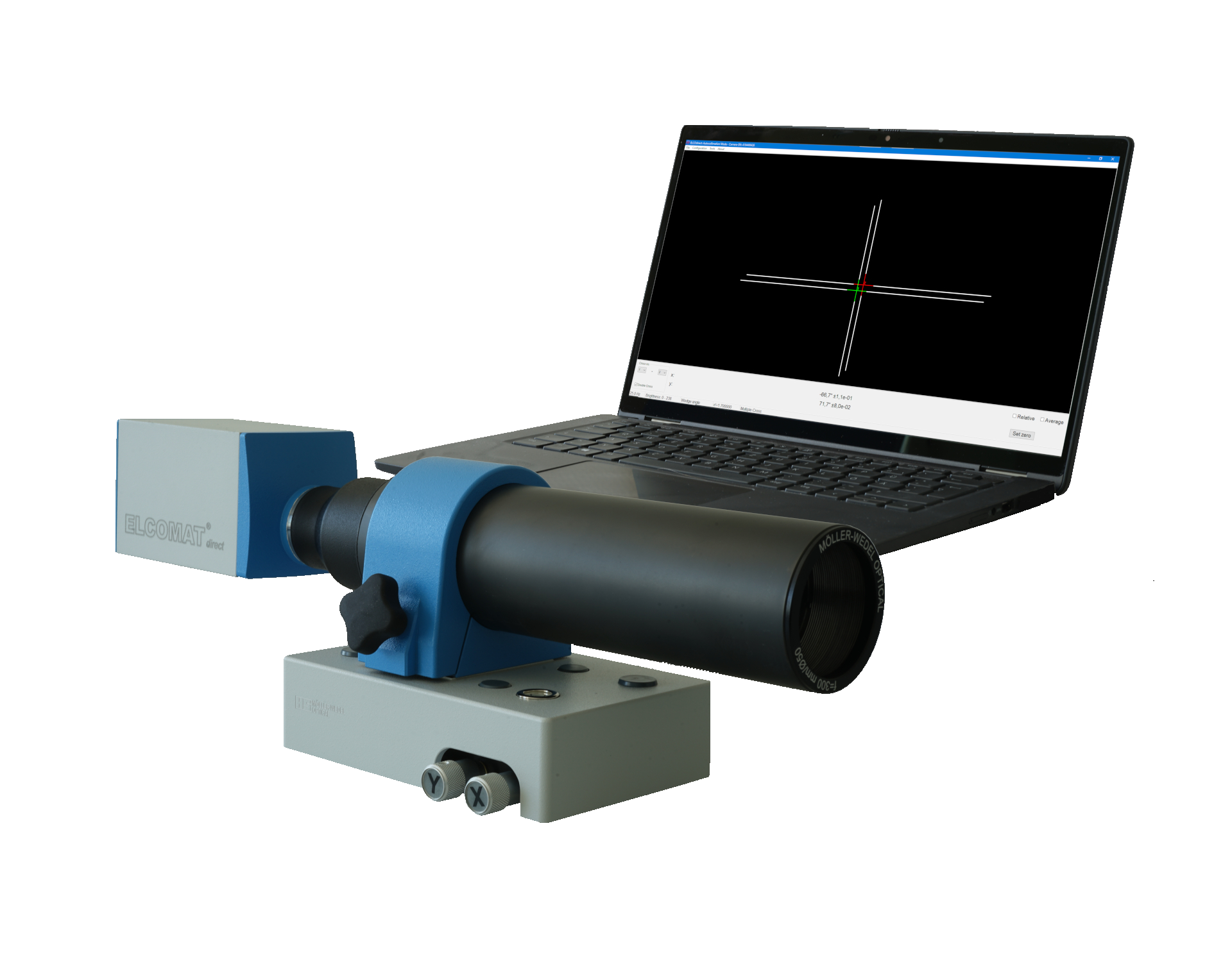
Electronic Autocollimators
ELCOMAT® direct N Product Line
ELCOMAT® direct N Product Line
Product description
Each ELCOMAT® direct N consists of the autocollimation sensor and the software ELCOdirect. ELCOdirect can be used with Microsoft® Windows and a current PC, laptop or notebook. The autocollimation sensor is connected to the computer via the USB interface. A Microsoft® Windows Dynamic Link Library (DLL), autocollimation function, is included with the software ELCOdirect.
ELCOMAT DIRECT PRODUCT LINE
Introduction
- measurement of small angles
- high precision angle adjustment and calibration
- assembly automation
- wedge and prism angle measurement
- angular position monitoring

INTRODUCTION
Measuring Principle

INTRODUCTION
Measuring Range and Distance
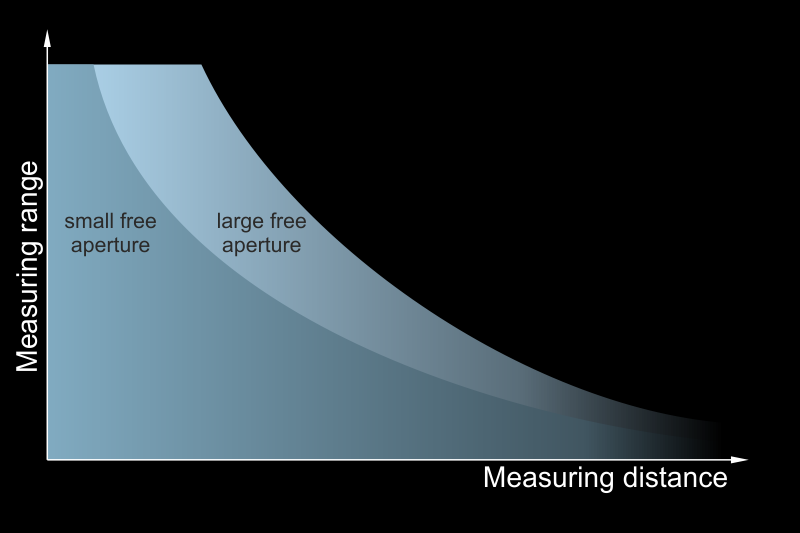
INTRODUCTION
Selection Criteria
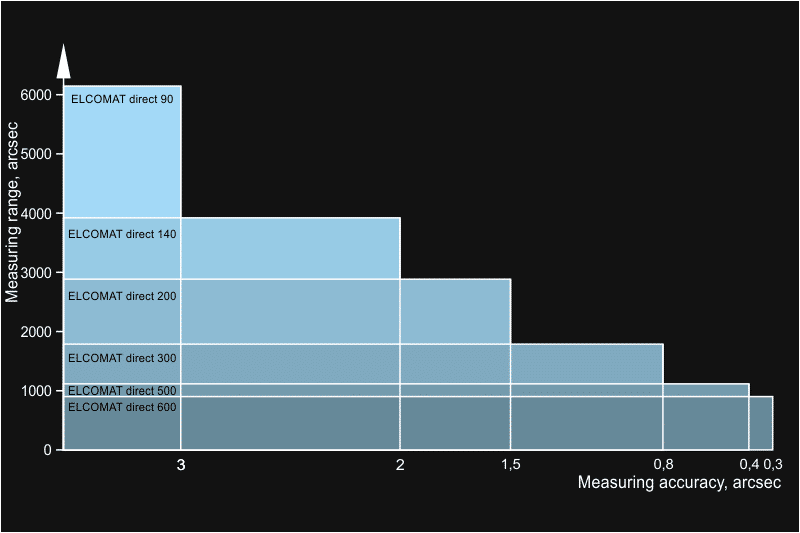
ELCOMAT DIRECT N PRODUCT LINE
Features
- fast and easy measurement of small angles with high accuracy
- computer-based evalution
- connection to computer via USB 2.0 interface or higher
- simple operation
- cost-effective measuring system
- easy integration into automated processes
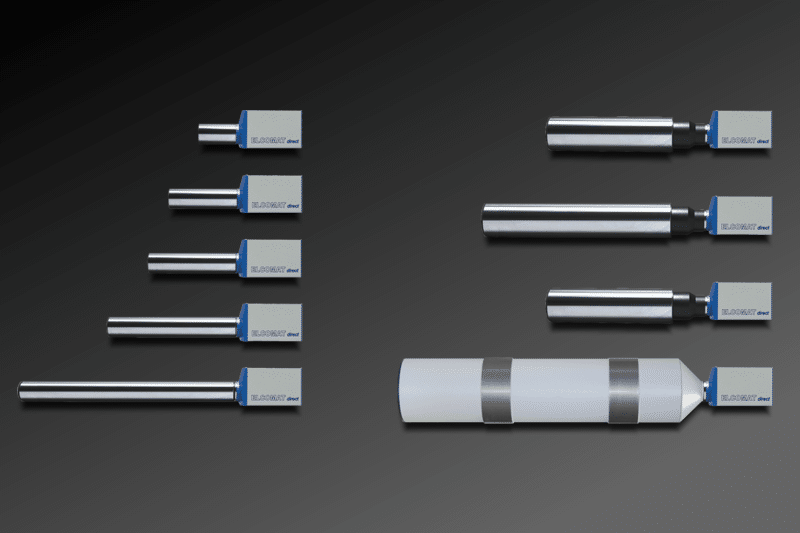
ELCOMAT DIRECT SERIES
Typical Applications
- Wedge angle measurement
- Angle measurement of 90°-prisms
- Adjustment of optical components
- Parallelism of two surfaces
- Position uncertainty
- Wooble
- Centering
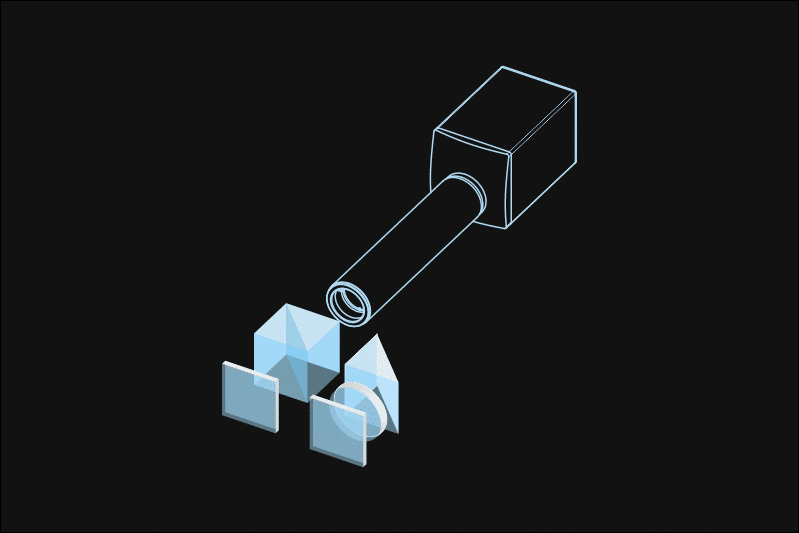
TYPICAL APPLICATIONS
Wedge Angle Measurement
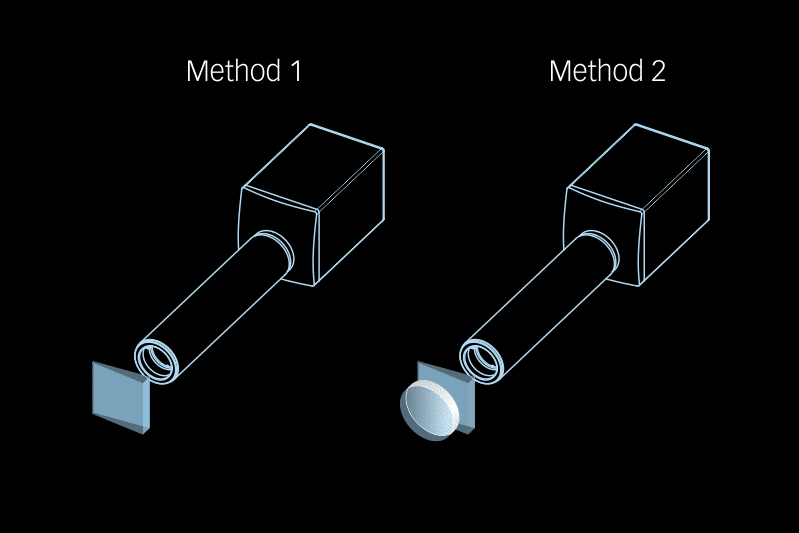
TYPICAL APPLICATIONS
Angle Measurement of 90°-Prisms
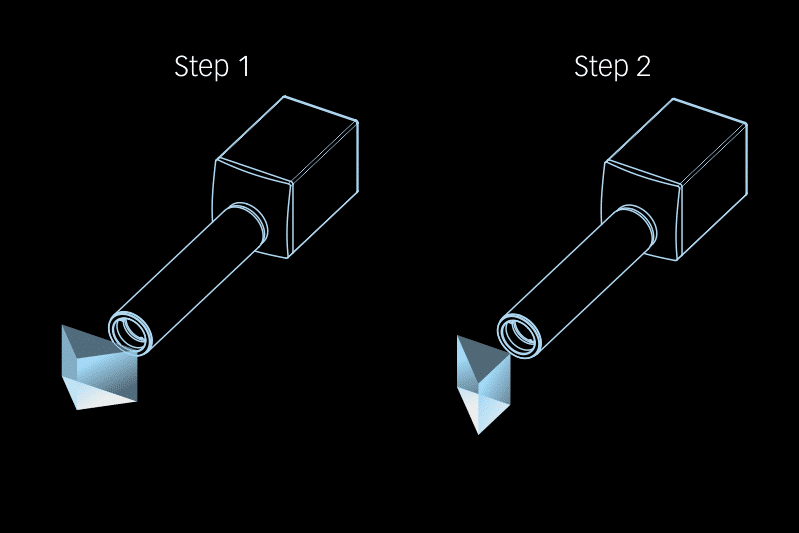
TYPICAL APPLICATIONS
Adjustment

TYPICAL APPLICATIONS
Parallelism of Two Surfaces
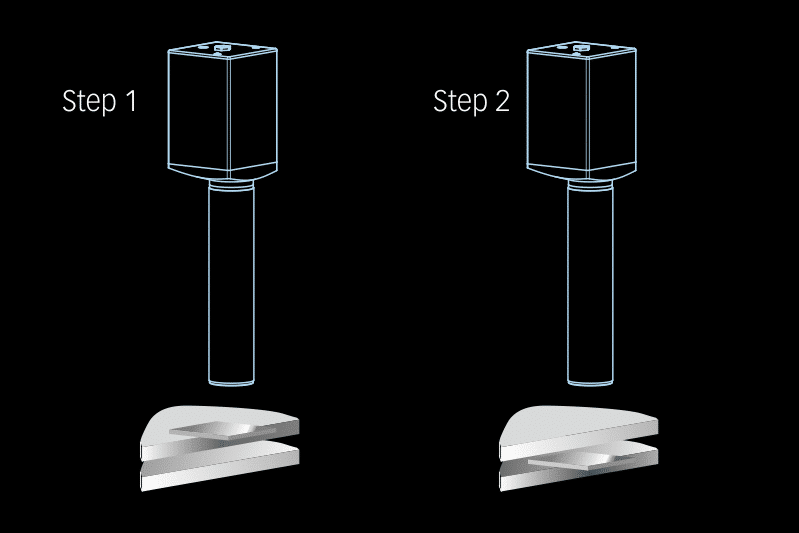
TYPICAL APPLICATIONS
Wobble
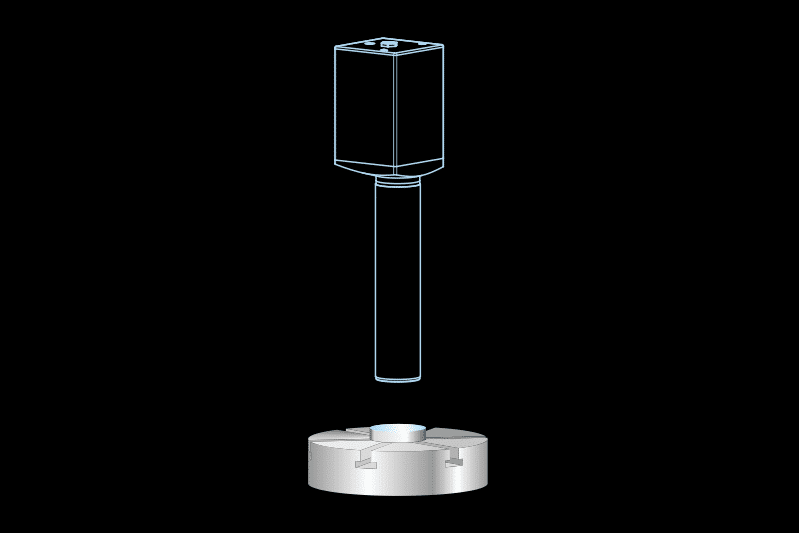
TYPICAL APPLICATIONS
Centering


Sensor Dimensions
*Compact Design
Subject to technical changes
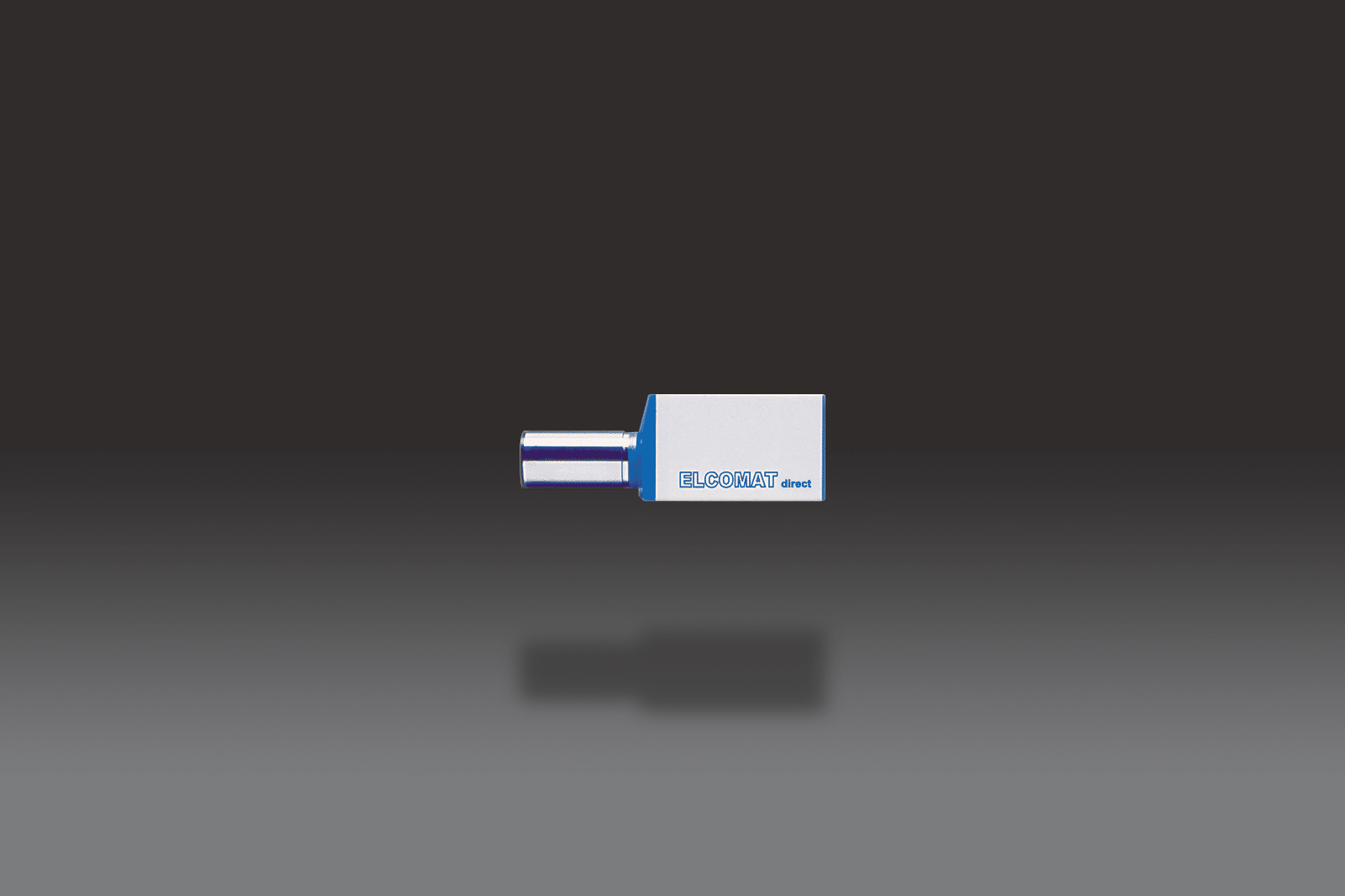
ELCOMAT direct N 90/40
* The minimum detectable angle difference is the minimum angle between two reflecting surfaces at which the ELCOdirect software can still detect two separate autocollimation images.
Subject to technical changes
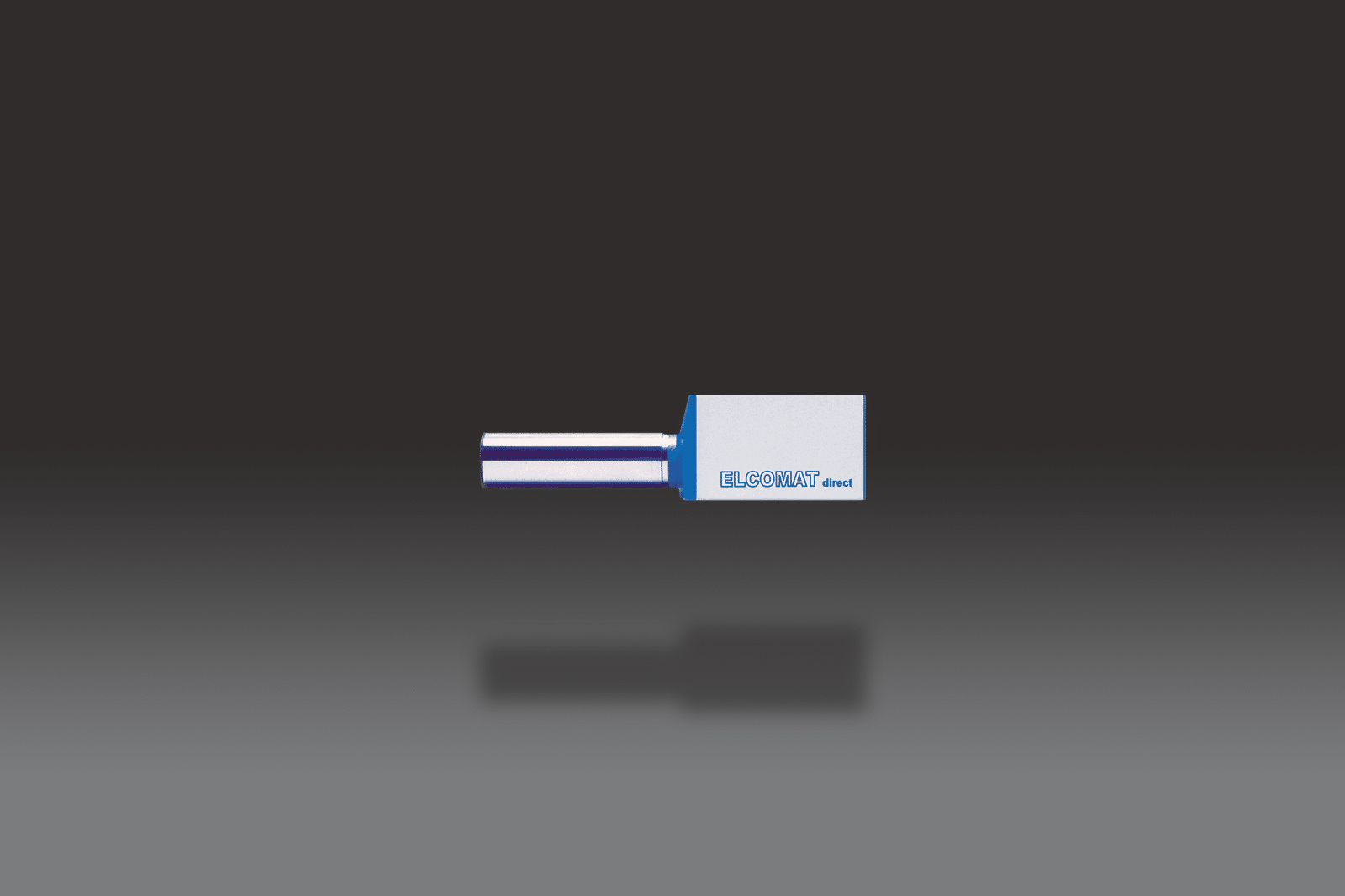
ELCOMAT direct N 140/40
* The minimum detectable angle difference is the minimum angle between two reflecting surfaces at which the ELCOdirect software can still detect two separate autocollimation images.
Subject to technical changes
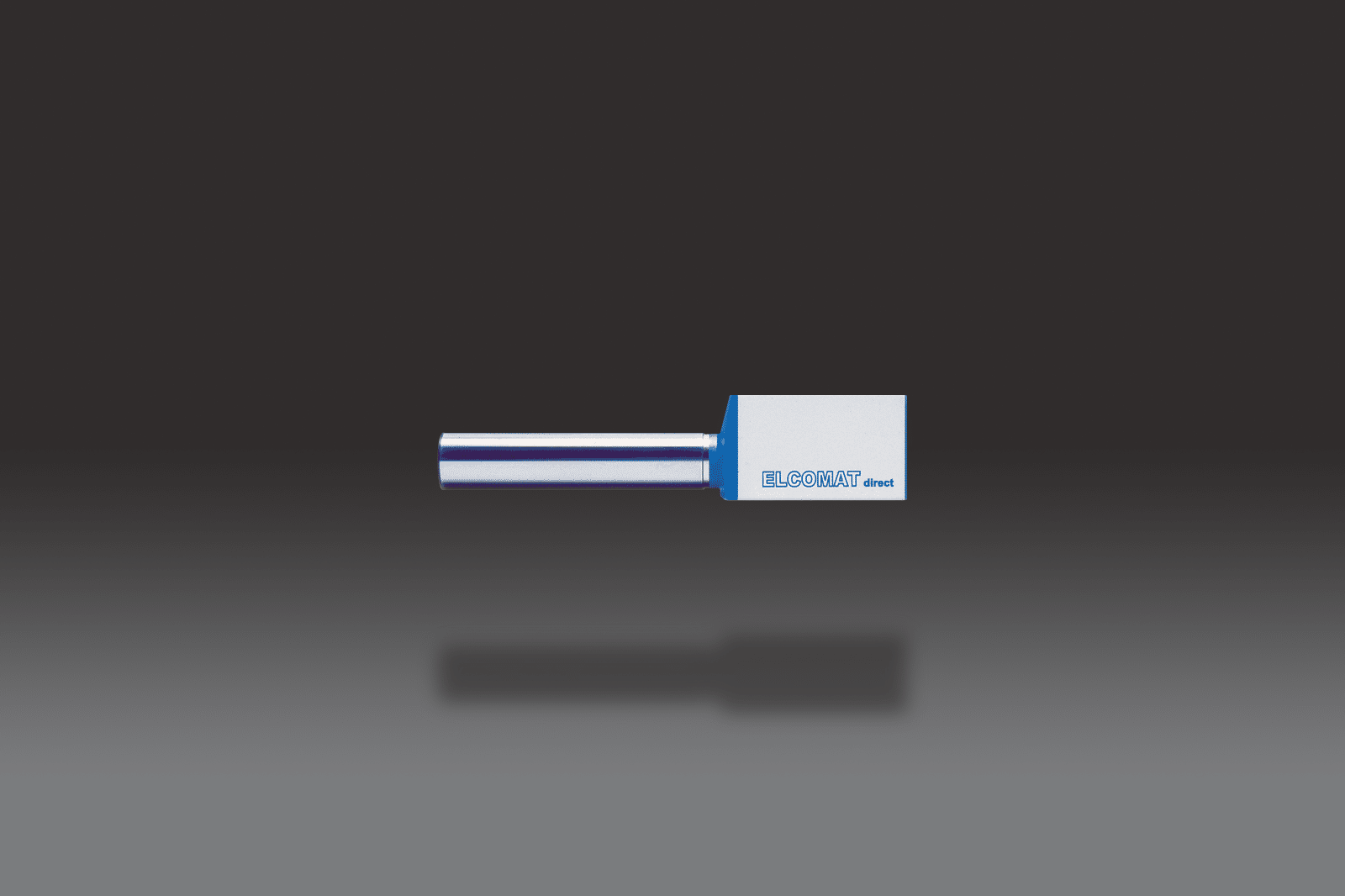
ELCOMAT direct N 200/40
* The minimum detectable angle difference is the minimum angle between two reflecting surfaces at which the ELCOdirect software can still detect two separate autocollimation images.
Subject to technical changes
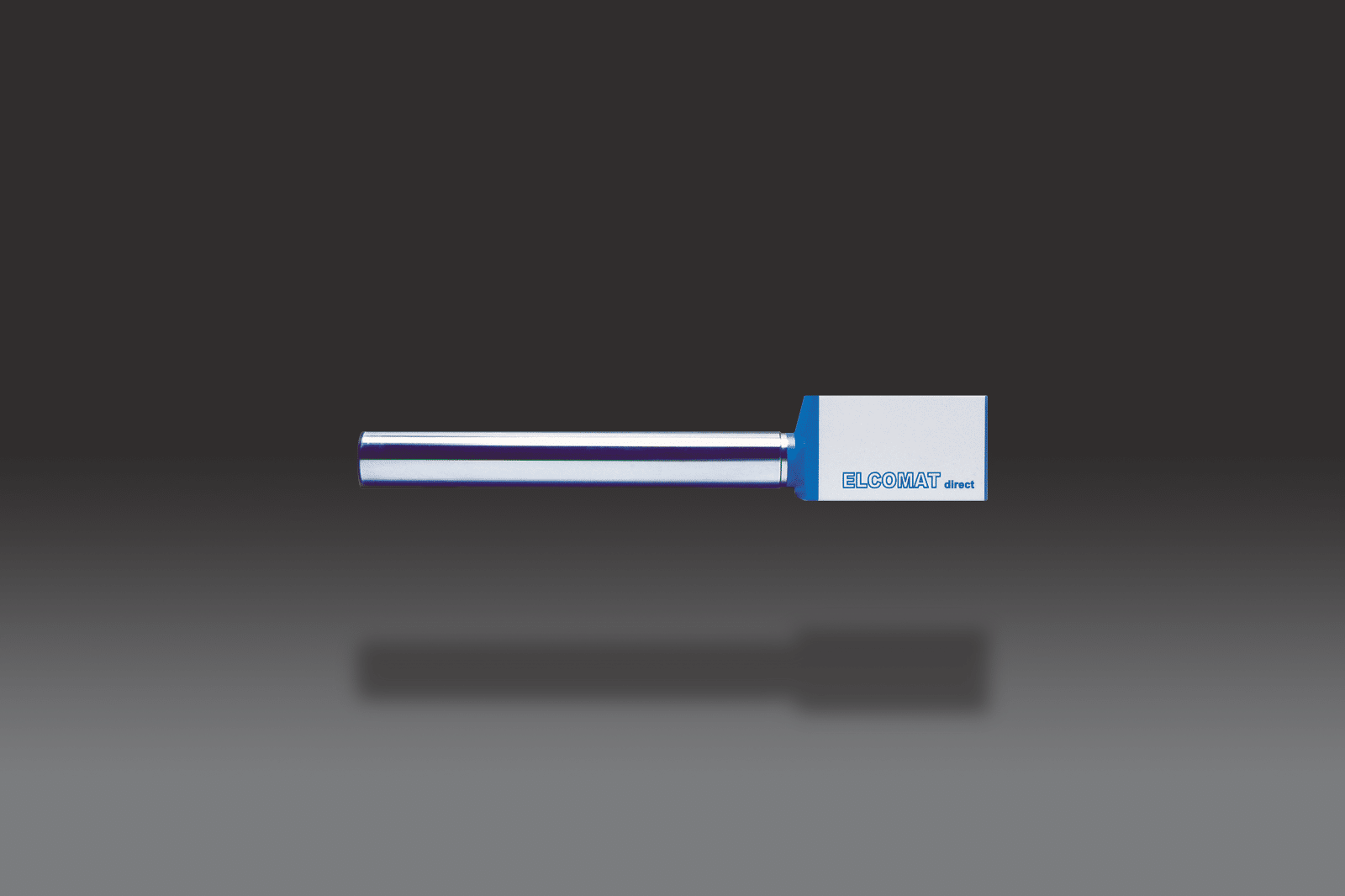
ELCOMAT direct N 300/40
* The minimum detectable angle difference is the minimum angle between two reflecting surfaces at which the ELCOdirect software can still detect two separate autocollimation images.
Subject to technical changes
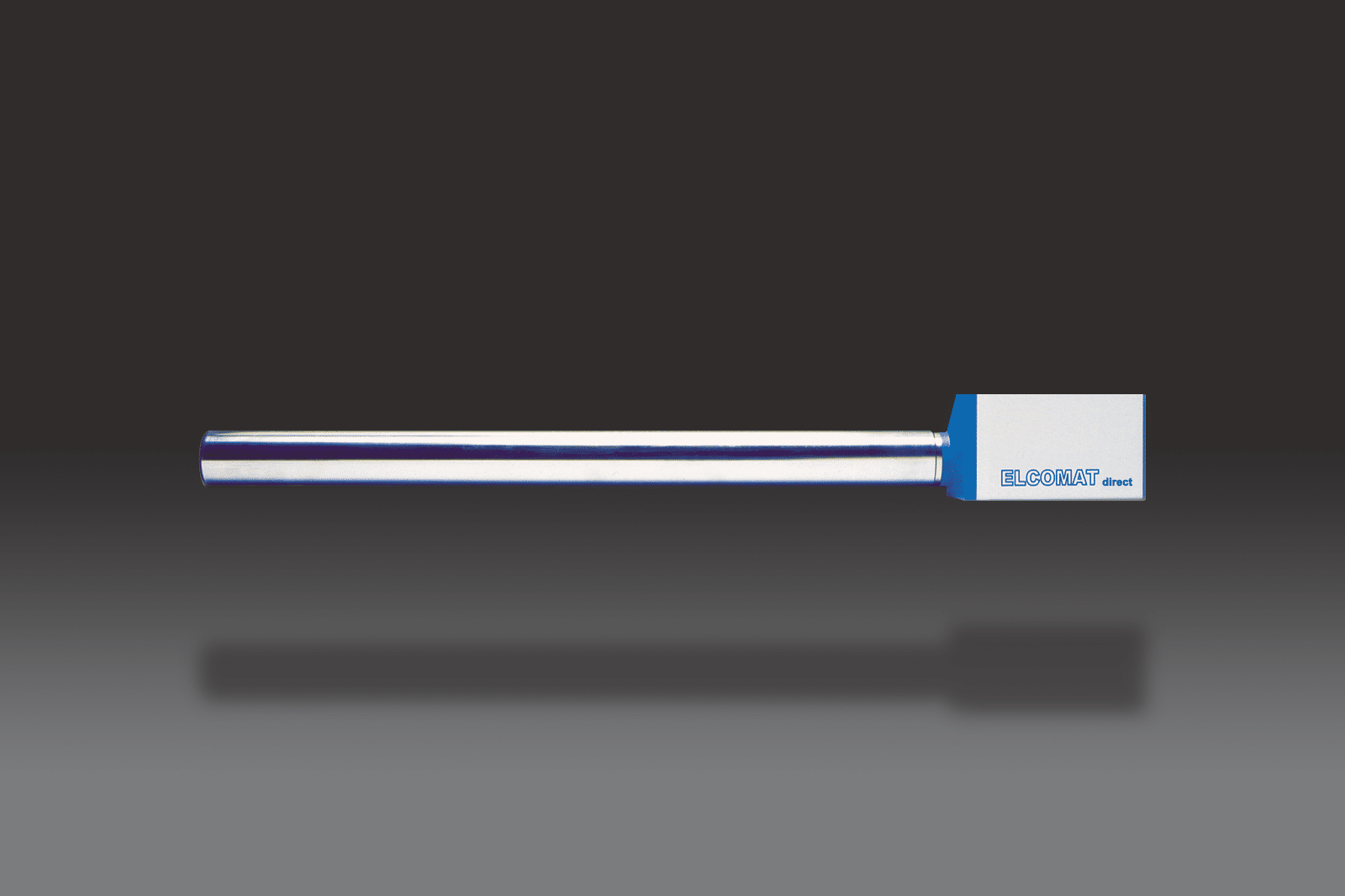
ELCOMAT direct N 500/40
* The minimum detectable angle difference is the minimum angle between two reflecting surfaces at which the ELCOdirect software can still detect two separate autocollimation images.
Subject to technical changes
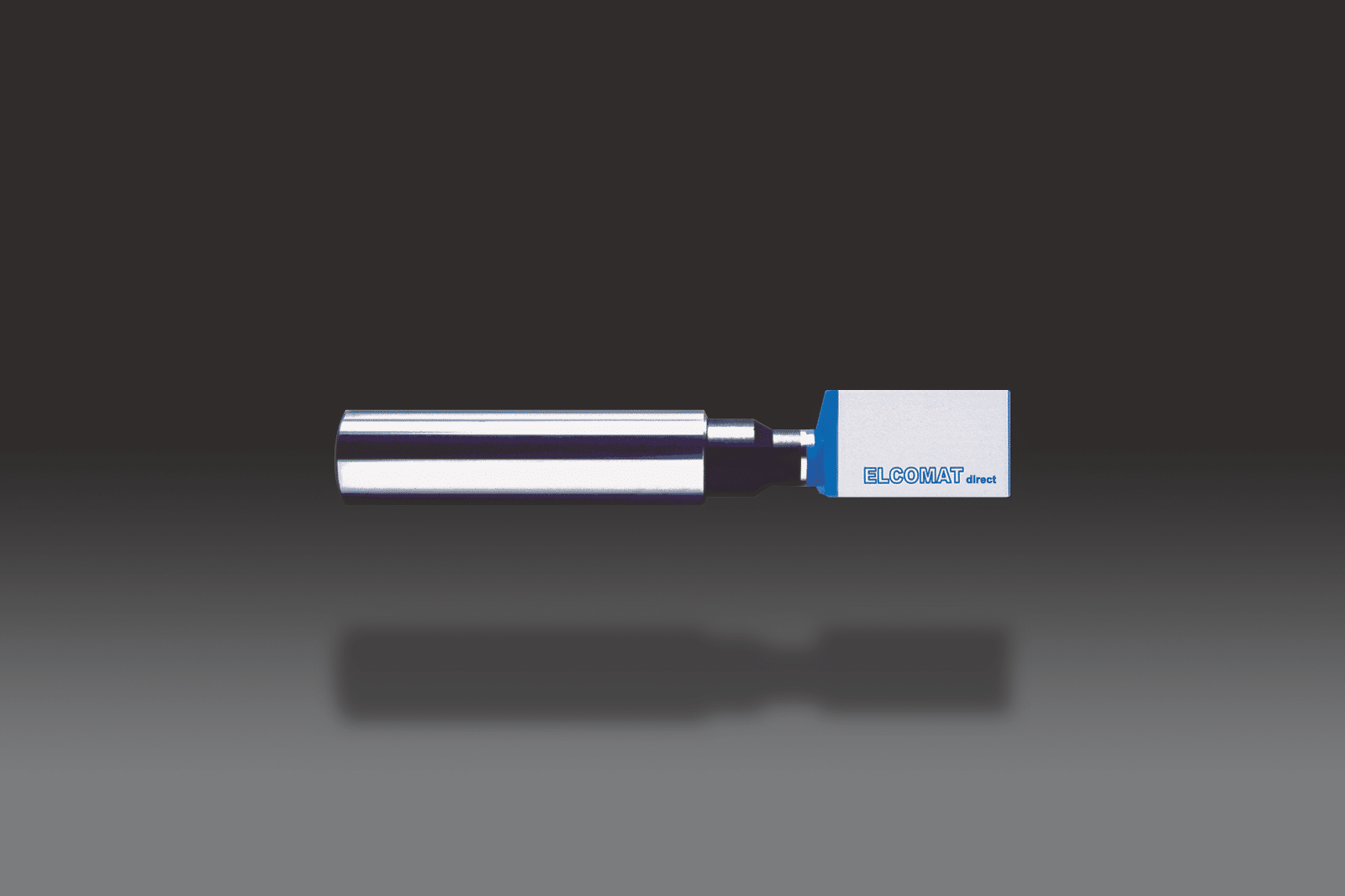
ELCOMAT direct N 300/65
* The minimum detectable angle difference is the minimum angle between two reflecting surfaces at which the ELCOdirect software can still detect two separate autocollimation images.
Subject to technical changes
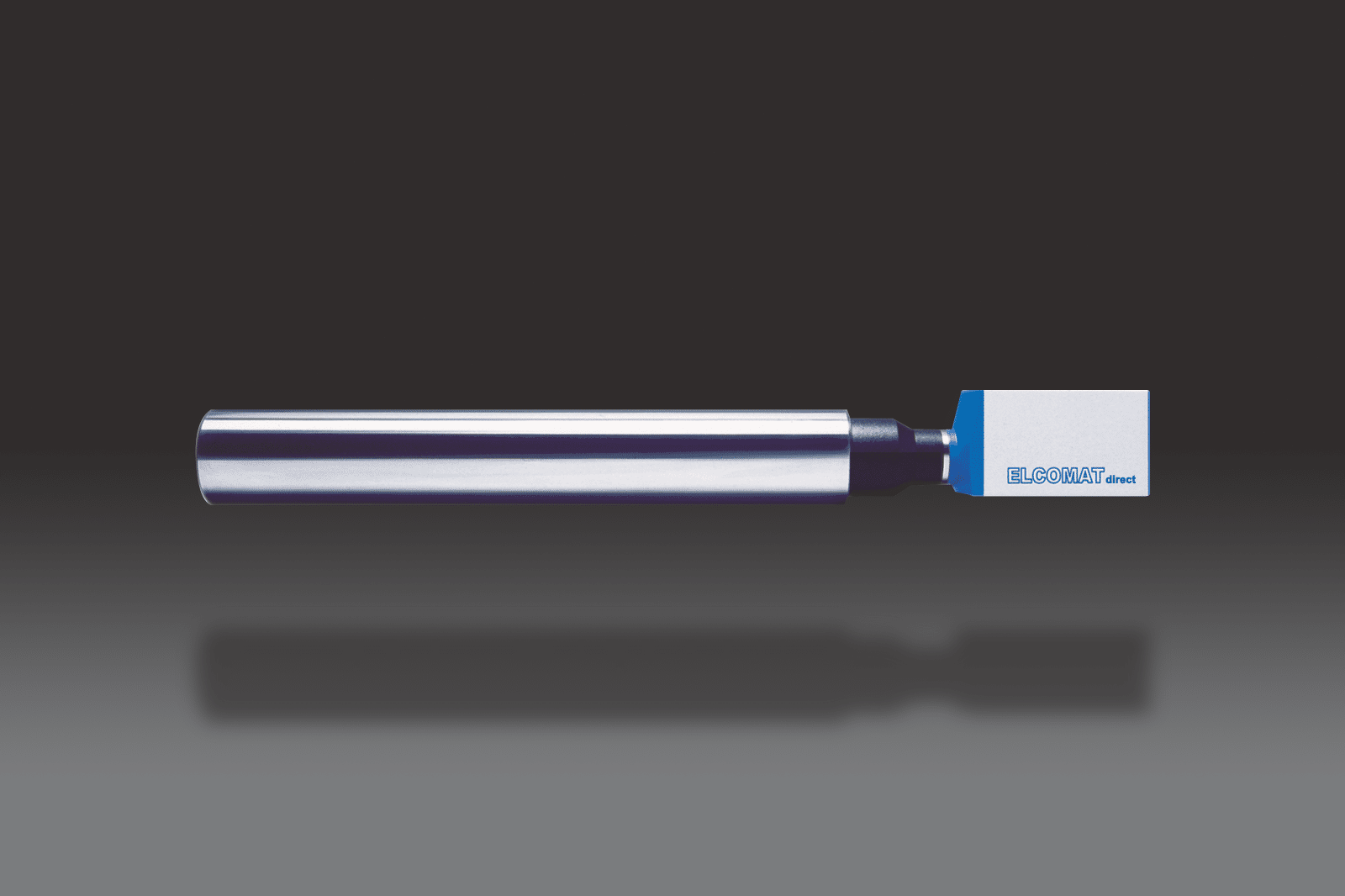
ELCOMAT direct N 500/65
* The minimum detectable angle difference is the minimum angle between two reflecting surfaces at which the ELCOdirect software can still detect two separate autocollimation images.
Subject to technical changes
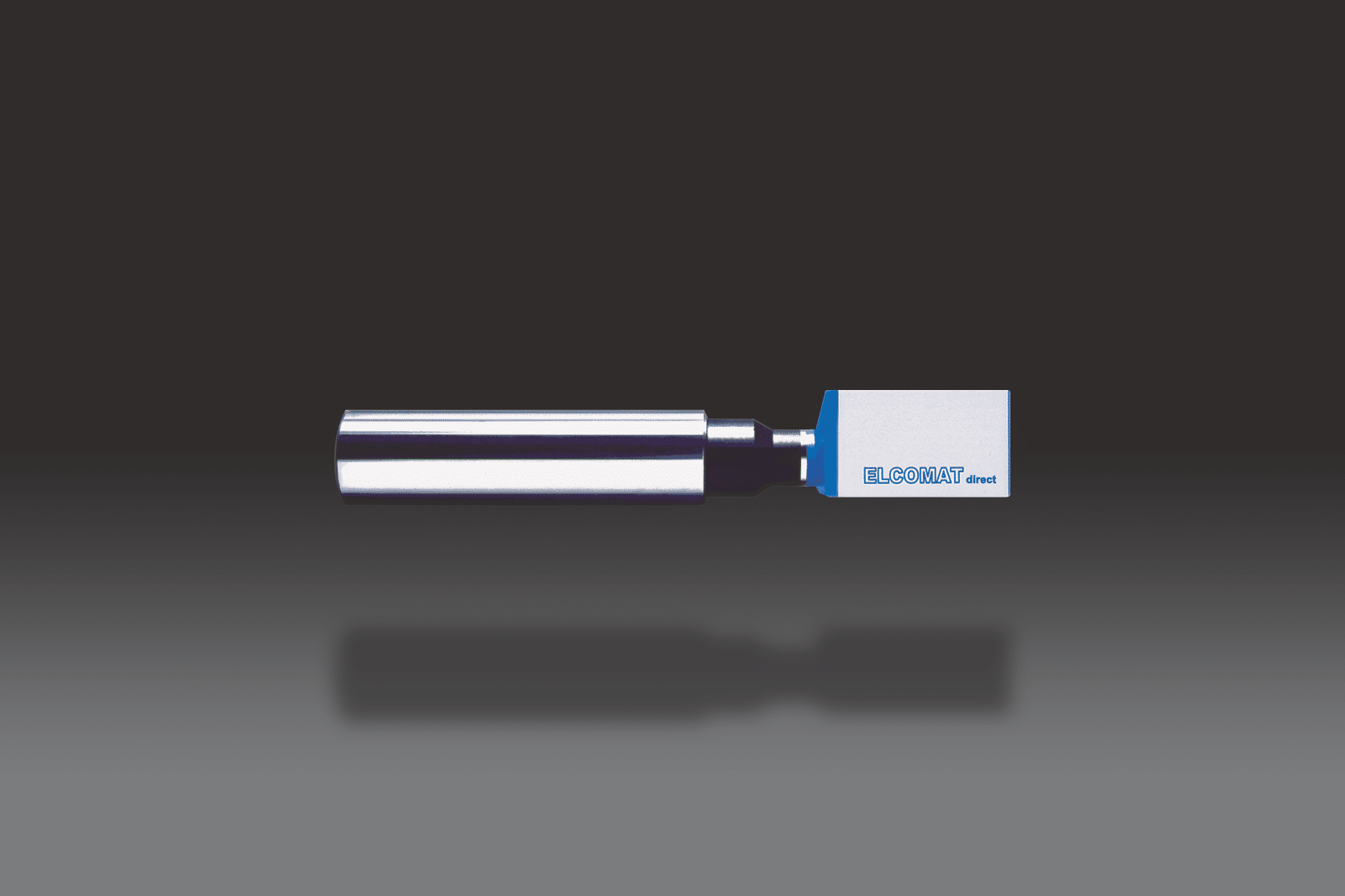
ELCOMAT direct N 500T/65
* The minimum detectable angle difference is the minimum angle between two reflecting surfaces at which the ELCOdirect software can still detect two separate autocollimation images.
Subject to technical changes
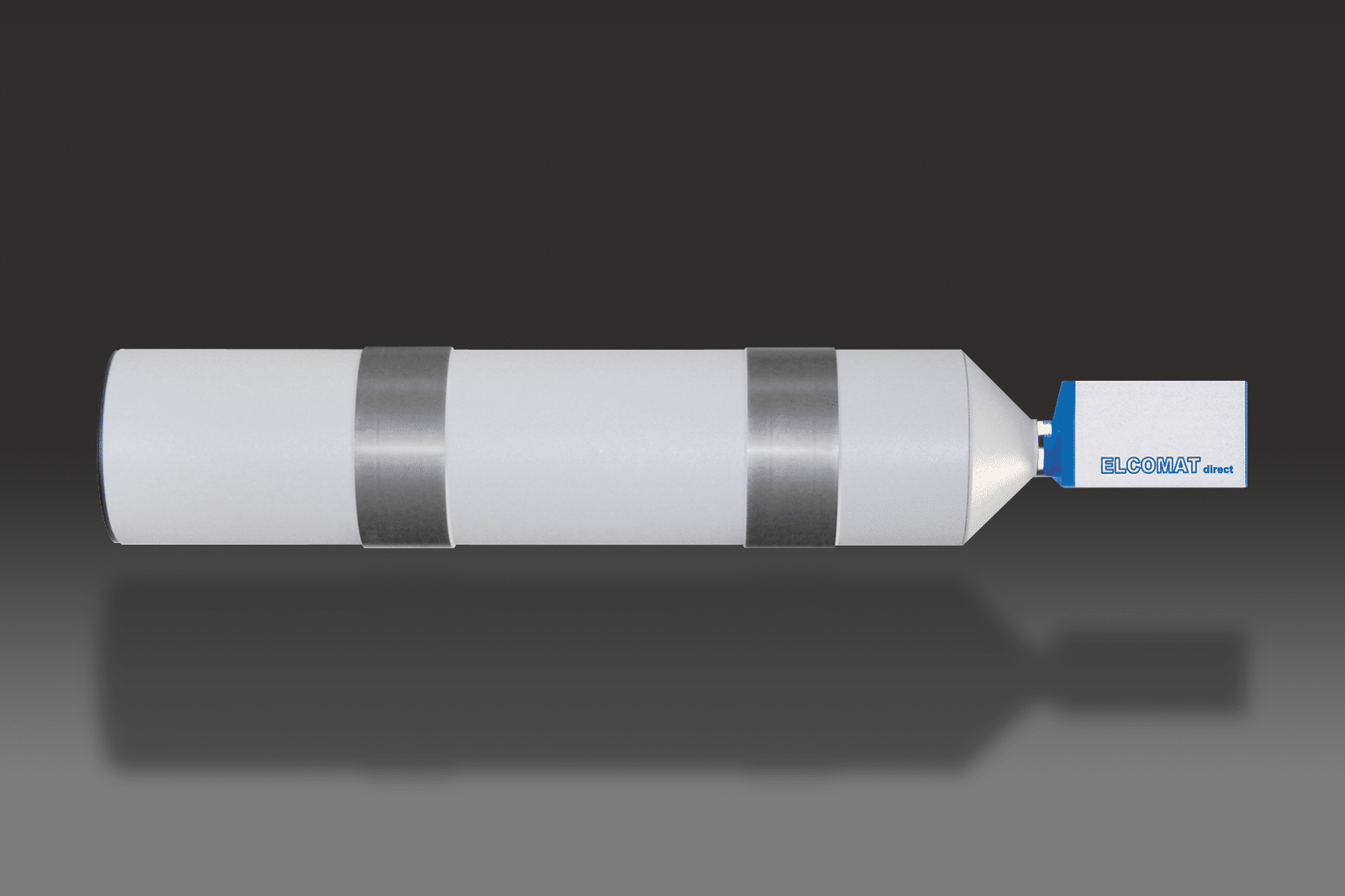
ELCOMAT direct N 600/128
* The minimum detectable angle difference is the minimum angle between two reflecting surfaces at which the ELCOdirect software can still detect two separate autocollimation images.
Subject to technical changes

